-
About
-
Advisory Councils
-
-
For Students
-
Membership
Programs
Chapters
-
-
For Educators
-
MEMBERSHIP
CHAPTERS
OPPORTUNITIES
STUDENTS (Grades 5-12)
CONFERENCES
-
-
For Professionals
-
Membership
Programs
Chapters
Opportunities
Our Stories
-
-
Partners & Sponsors
-
Become a Supporter
Career Hub & Opportunities Board
Our Stories
-
-
News & Events
-
Recent News
Upcoming Events
2024 AISES National ConferenceOctober 3, 2024 to October 5, 20242025 AISES National ConferenceOctober 2, 2025 to October 4, 2025
-
- Resource Center
- DONATE
- Home
- AISES Announces First-Ever High School Energy Challenge!
AISES Announces First-Ever High School Energy Challenge!

Post Date: September
24
2015
The Bureau of Indian Affairs’ (BIA) Office of Indian Energy and Economic Development (IEED), Division of Energy and Mineral Development (DEMD) has partnered with AISES to develop the first ever national Energy Challenge (EC or Challenge) for American Indian/Alaskan Native youth in grades 9-12. The EC is an energy-specific science fair designed to engage and encourage high school students to participate in Science, Technology, Engineering, and Mathematics (STEM) education through a creative, hands-on, problem solving and engineering process in an environment similar to a science fair. This 2015-16 Energy Challenge has two phases, with Phase 1 occurring over the Fall Semester (defined as September - December 2015) and Phase 2 occurring in the Spring semester (defined as January – March 2016). High school students may compete as individuals, or as teams consisting of up to 3 students. All students/teams must have an adult sponsor. The sponsor can be either a parent, teacher, or mentor.
Phase 1 – Research and Design: Students will:
- Identify an energy-related problem that directly affects the individual, team, or their community.
- Assess the problem and identify possible solutions.
- Research and develop a demonstrable solution.
- Present a solution, with a budget of up to $2000, to build and implement their solution.
The top 5 winning students/teams, and one chaperone per project, will be awarded travel scholarships to attend the AISES 2015 National Conference on November 19-21, 2015, being held in Phoenix Arizona, where they will present their projects during the Pre-College Research Poster Competition.
Phase 2 – Build and Implement: During this phase, the top 5 projects’ students must describe the product, solution, and results. They will:
- Build project/ demonstration prototype, with a budget not to exceed $2,000.
- Communicate experience in building and solution implementation process.
- Present solution results.
Students are required to submit a PowerPoint presentation with embedded or linked videos and pictures as a supplement to their written narrative.
Eligibility
Eligible students are American Indian/Alaska Native (AI/AN) high school students in 9th, 10th, 11th or 12th grade. Teams (up to 3 students) must have at least one AI/AN high school student fully participating in all team activities. Each participant (whether an individual or team) must have one adult sponsor. The sponsor can be either a parent, teacher, or mentor. Students must be AISES members. Pre-college students can currently join AISES for free during our membership drive which ends on November 19, 2015. http://www.aises.org/membership
All participants must apply and upload all required documents via AISES’ online science fair platform. Students will be required to submit the following via the online platform for Phase 1:
1. Basic demographic information including legal name, contact information, grade, school attending, school contact, and tribal affiliation.
2. Each application must have an Adult Sponsor listed, who will be the designated recipient of project funding if they advance to Phase 2.
3. Documentation of their EC problem and solution using the engineering design. Students will be required to maintain an engineering design notebook for their project, through both Phases 1 and 2. This will be uploaded as an electronic document or pdf.
4. During Phase 1, they will submit a Design Plan, in the form of a PowerPoint Slideshow (up to 25 slides), that documents the students’ approach and efforts right up to the prototype building stage. This plan shall address and include the following:
A. Identification of the Problem – a written situation/statement of the problem describing the need that the students will be addressing with their design.
B. Research Conducted – Document the research done that influenced the students’ design. Student generated notes, observations, and other relevant information may be included. This section must also include at least three of any of the following, in proper format:
I. Articles
II. Books
III. Websites
IV. Surveys
V. Scientific Periodicals and Publications
C. Requirements and Constraints - Students should list and describe the criteria, constraints and priorities associated with the problem. on this page. The best criteria and constraints are usually quantitative. For instance, “can lift at least 200 grams” is a clearly criterion than “lifts a weight.” These can also be determined by the needs of potential users of the design.
D. Brainstormed Solutions and Developmental Design Sketches – at least three potential designs/ideas that were considered. Students should include drawings with labels, measurements, and other useful details for viewers.
E. Final Technical Drawing of the Selected Solution – this must be a multi-view drawing (on paper – scanned as a pdf – or in computer). Students should include drawings with labels, measurements, and other useful details for viewers.
F. Budget - an itemized list of supplies and associated project costs, not to exceed $2,000, needed for building the prototype (which must be small enough for standard shipping to Washington, DC - which is a constraint).
G. Implementation Plan and Timeline for Building the Prototype.
Application Timeline and Link to Online Platform
The online application system will open no later than Thursday, September 24, 2015 and will close on Friday, October 23, 2015. Students may access the application platform at:
AISES will review all applications for eligibility and completeness. Eligible and complete projects will be judged by volunteers from the U.S. Department of Energy Laboratories including NREL, Sandia, Argonne, LLNL, other DOE laboratories, and other STEM professionals. This judging committee will select the top 5 projects for Phase 2. In Phase 2, the DEMD will judge the projects.
For Phase I, a judging committee will select the top 5 projects for Phase 2. The judges will utilize the following scoring criteria to assign each project a score of up to 100 total points:
- Students communicate energy problem and solution (up to 25 points)
- Energy solution is measurable and demonstrable (up to 25 points)
- Budget and plan for implementation is comprehensive and concise (up to 25 points)
- Solution creativity (up to 25 points)
Each of the top 5 awarded projects will receive up to $2,000 for Phase 2. They will also receive travel scholarships to attend the 2015 AISES National Conference in Phoenix, AZ, November 19-21, 2015, including conference registration fees. Note: The top 5 projects must attend the National Conference to advance to Phase 2. AISES will disburse design awards to all designated Adult Sponsors no later than December 15, 2015.
In Phase 2, completed projects will be judged by a team of judges drawn from DEMD staffers. They will make the final Grand Award selection from among the top 5 finalists. Teams will be notified of results no later than March 7, 2015.
Final projects will be evaluated by the judges using the following Phase 2 scoring criteria. Projects can receive up to 100 total points:
- Successful construction and implementation (up to 30 points)
- Solution data gathering and analysis (up to 35 points)
- Presentation of results (up to 35 points)
Grand Prize Award: No later than March 7, 2016, AISES will notify the Grand Award winner of the prize, and will coordinate travel to Washington, D.C., where the student will present their final design and results to the Assistant Secretary of Indian Affairs. The finalist will also have two days to tour the nation’s capital and various sights and attractions. The Grand Award winner will have all of their travel expenses covered and also those for their accompanying chaperone. This is tentatively scheduled to take place the week of April 4-8, 2016.
For more information and resources, please visit our website at: http://www.aises.org/programs/pre-college or call Melanee Stevens, Program Coordinator, at (720) 552-6123 or email her at mstevens@aises.org.
The Office of Indian Energy and Economic Development (IEED), Division of Energy and Mineral Development (DEMD) office is the primary office responsible for fulfilling BIA’s trust responsibility to Indian Tribes and allottees concerning the development of their conventional energy, renewable energy and mineral resources on Trust lands. DEMD is the only office within the Federal government with the primary responsibility of assisting Indian mineral owners assess, identify, and promote their energy and mineral resources and insuring that the Indian communities and individual Indians realize a maximum revenue stream from the development of their vast Trust resources. While other DOI agencies have some limited responsibilities in Indian energy and mineral development, the Tribe (or allottee) is not their main client as it is with DEMD. DEMD takes a much stronger role as the lead agency providing advice and financial support to Indians.
The development of energy resources on Indian lands has helped to place the United States on the path to a more secure energy future, while significantly impacting the economic health of many Indian communities. While the progress has been substantial there remains much to do, as historically Indian lands still remain under-developed relative to surrounding non-Indian lands. Recognizing the opportunities that exist for Indians, DEMD’s sole purpose is to provide technical advice, economic advice and support services to assist Tribes in achieving the maximum economic self-sufficiency by creating sustainable economic benefit through the environmentally sound development of their energy and mineral resources. One portion of this effort is to develop tribal managerial, organization and technical capacity needed to maximize the economic impact of energy resource development on Indian land.
Visit the DEMD online at: http://www.bia.gov/WhoWeAre/AS-IA/IEED/DEMD/
- Log in to post comments
Annual Report & Financials | Privacy Policy | Site Map | Copyright AISES 2022
Registered 501(c)(3). EIN: 73-1023474
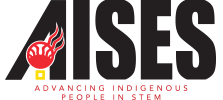
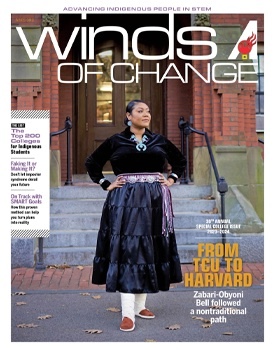
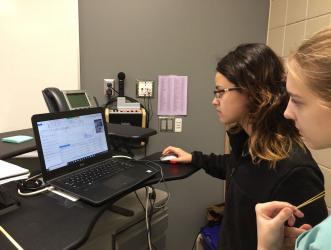
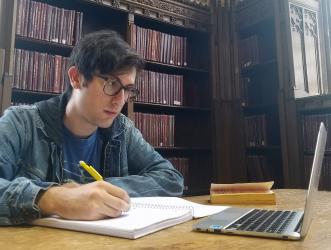
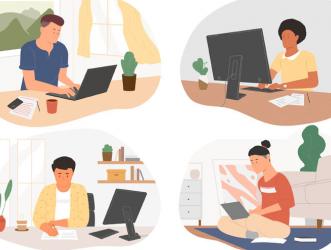


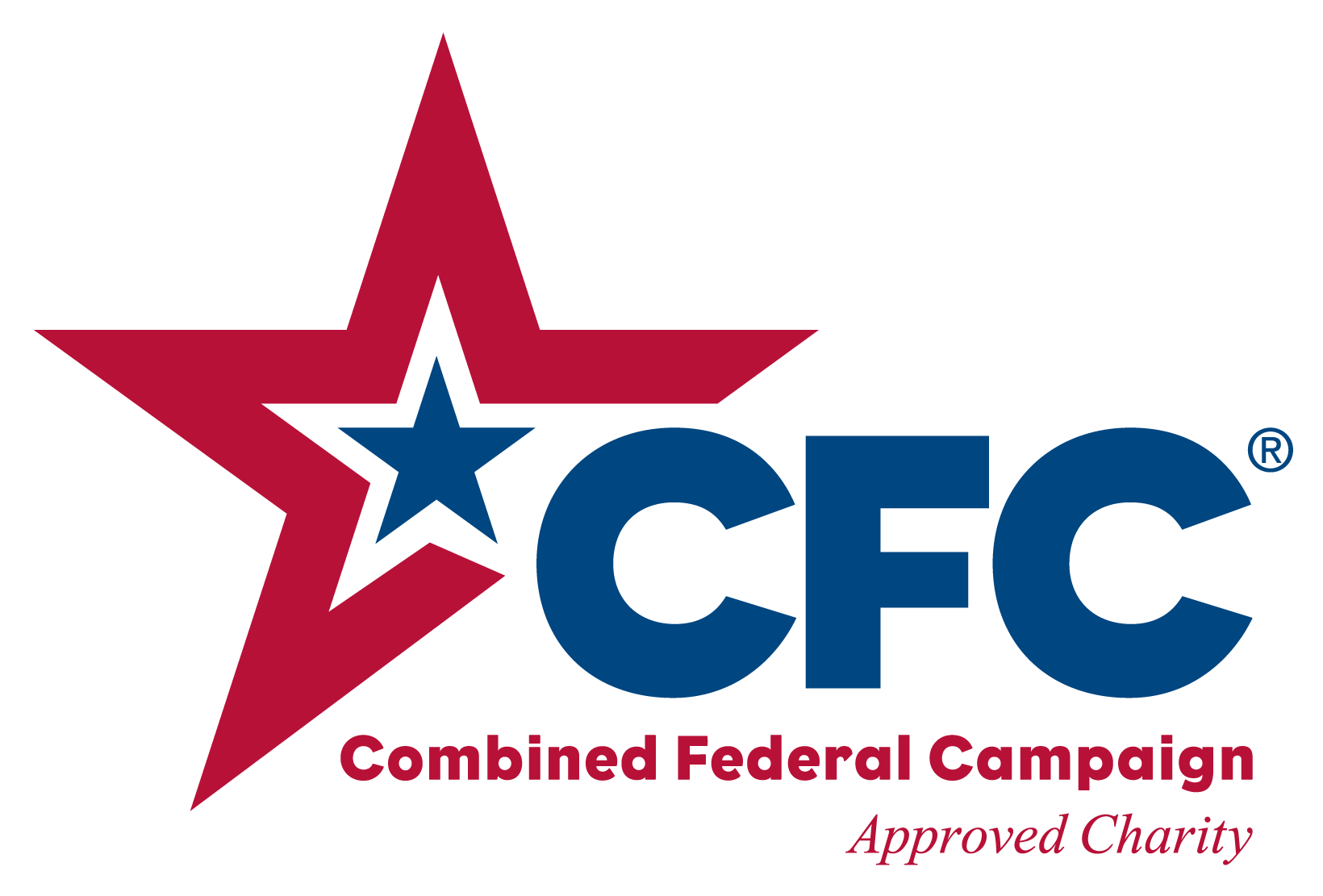

 Facebook
Facebook Twitter
Twitter Linked In
Linked In YouTube
YouTube